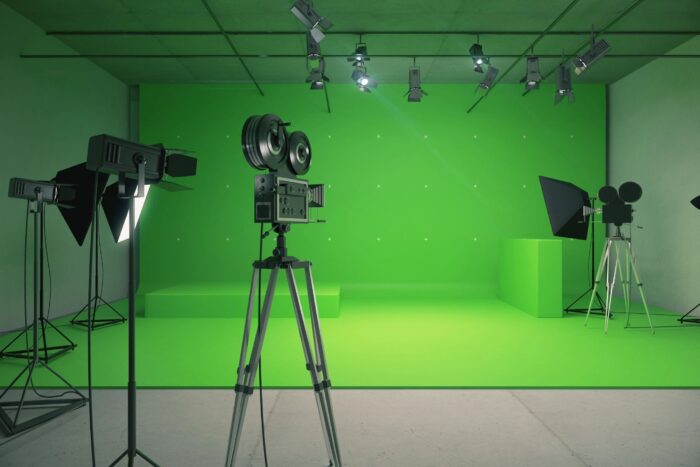Many people associate a Hollywood film producer with raising money for the project after establishing a detailed cost projection and schedule. Still, there is much more involved in a movie’s production than money. Here are the stages in the order they appear in creating a film.

1. Beginning
The project begins with a story waiting to be told. It may be a script, a book, or an idea pitched to the producer by a director. Once the concept is accepted by producers like Heather Parry, a script is written or honed so that the idea excites those involved.
2. Pre-Production
The vision begins to come to life in the pre-production stage of a film. Possible locations for shooting are discussed, scripts are sent to potential stars in the hope they accept, and a production manager is hired to establish a detailed budget and schedule for the movie and set.
3. Production
A day-by-day production timetable is essential to keeping the shooting schedule, stars, cast, and stunt doubles all aware of when and where they are needed. To make sure the budget is followed, the production manager has many meetings with the different departments. Set, location, front office, and the film producer are all held in line by the production manager.
4. Shooting
When the cameras roll, everyone has to be ready for their part in the day’s shooting. Crew, directors, and actors are expensive components when making a movie, and even a day or two of problems in props or difficult shots can run the film over budget by thousands of dollars. All departments keep precise records of expenses and turn them over the manager.
5. Striking
Striking the set means the film shooting is wrapping up. All borrowed items are returned to the lenders, and actors are notified of any problems with performances that must be redone. The set is completely dismantled and cleared at this point.
6. Post-Production
Reviewing rough footage of the film and beginning the editing process starts during this stage. The method of fitting scenes together with specially created music, and cleverly designed visual effects can be a tricky business that relies on the skills of specially trained individuals. This process can take a long time because each person that reviews various scenes may have comments about how to improve the quality or audience appeal. During this period, the film’s trailer will begin showing to help sell the movie to the consumers.
7. Delivery
When the film finally rolls into a final edited version, it is locked. This is when delivery can begin to various pre-arranged distributors to be shuffled off to theaters. Distribution is where the money comes from to pay producers and investors, and that is why distribution and film trailers are such an important part of the cinematic experience.
A producer is a critical part of the film industry because, without their efforts, there would be no movies at your theater. With the skills to attract investments and critical financing, the producer can get the job done – and you get to enjoy the end results of their hard work.

